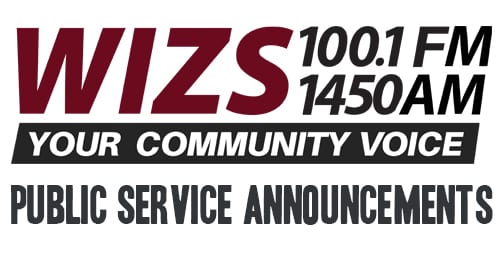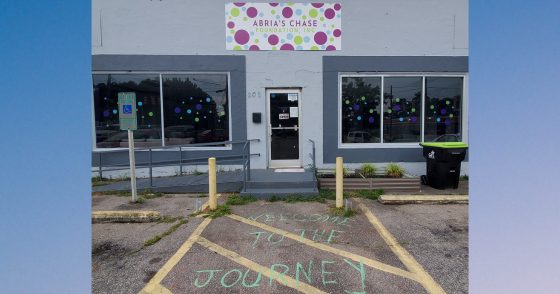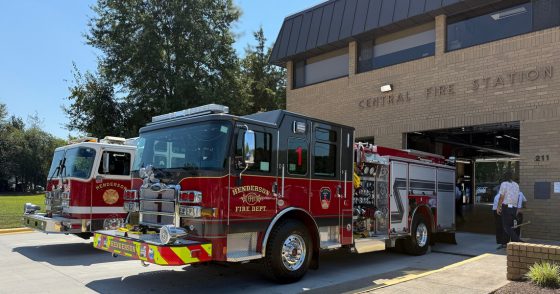The Henderson City Council chose Monday night the former First National Bank building to be the site of the mobility hub for the S-Line railway project.
In a unanimous vote, at its regular monthly meeting, the Council selected the historic building located in the middle of downtown Henderson. Council members Sara Coffey, Garry Daeke and Lamont Noel were absent from the meeting.
Assistant City Manager Paylor Spruill and N.C. DOT representatives reviewed progress with the project thus far and said next steps were waiting the final site selection.
The Mobility Hub and Rail Station is a separate project from the actual rail project, which will help connect by rail Raleigh and Richmond.
Henderson is one of the stops along the 85-mile stretch of rail line that will provide commuter and passenger service.
The city’s Land Planning Committee met in November and December to consider the two sites under consideration – the city-owned First National Bank property and the Garnett Street Station.
Renovating a major building in the downtown was seen as a strong catalyst to further confidence by private investment in downtown’s redevelopment, according to information contained in Monday’s agenda package.
The historical significance of the bank building, with covenants in place to preserve the architecture, would likely not attract private investors. But putting the building to use as a public space could be a good way to preserve the building and provide benefits to the community.
Council member Sam Seifert sits on the Land Planning Committee and said choosing the historic building would send “a strong message” about downtown development, adding that the transformed building could become a “statement piece” along the S-Line project.
Staff from the DOT’s Integrity Mobility Division attended Monday’s Council meeting and said although the program is facilitated by DOT, “we want to make sure it’s led by the city of Henderson.”
They want to ensure that the mobility hub provides connectivity to William Street and Garnett Street, giving pedestrians safe options to walk in the area when they come to visit.
With the feasibility study completed, next steps include an environmental study before getting to the design and construction phases. But DOT needed a decision from city leaders before moving on.
Cost estimates are preliminary but could be more than $21 million to bring the old building back from disrepair, due to age and damage and the fact that it has been vacant for so long.
The façade appears ok and in good shape, but the interior needs extensive work.
Also, there are businesses on the William Street side that will be displaced because of the project, so there will need to be money set aside for acquisitions. And because of its historic significance, there need to be extensive coordination with state historic preservation officials.
CLICK PLAY!

















